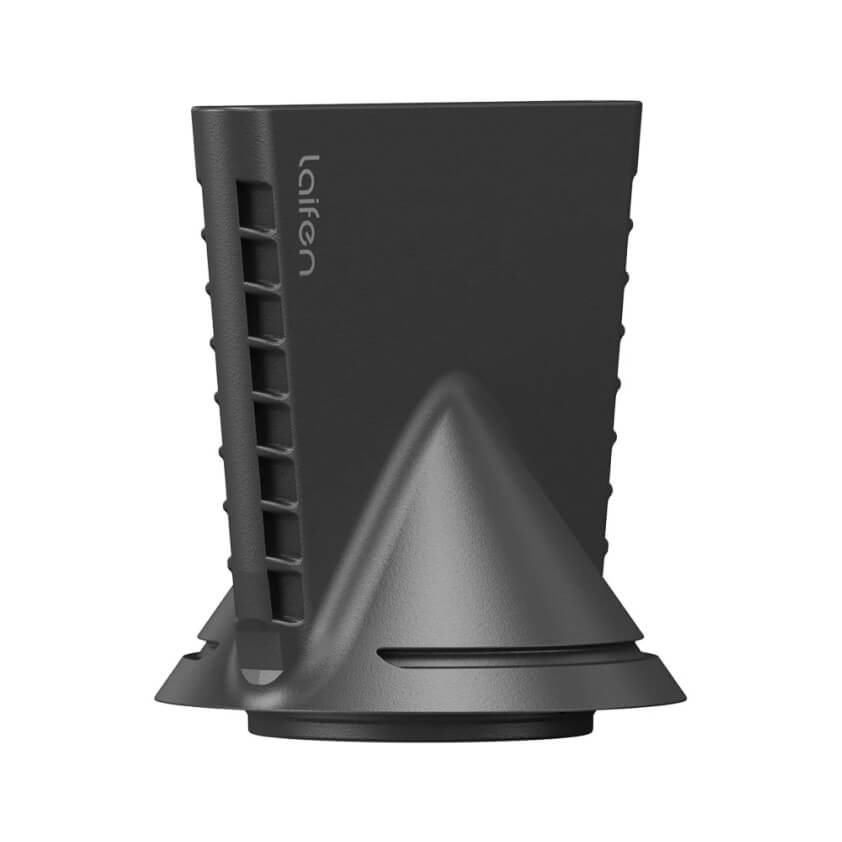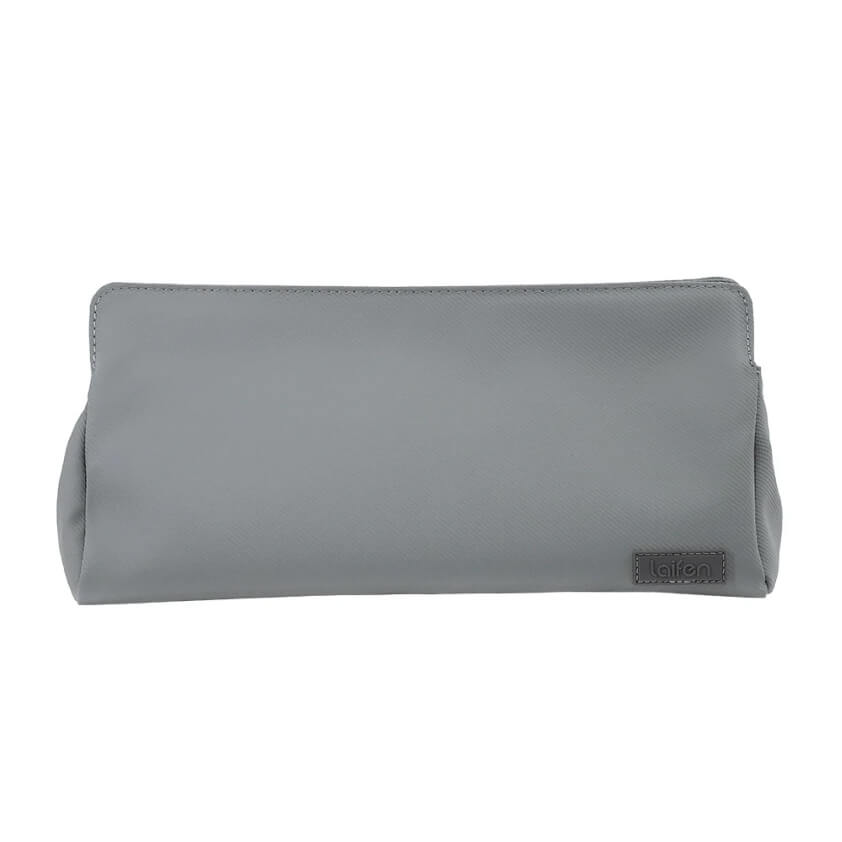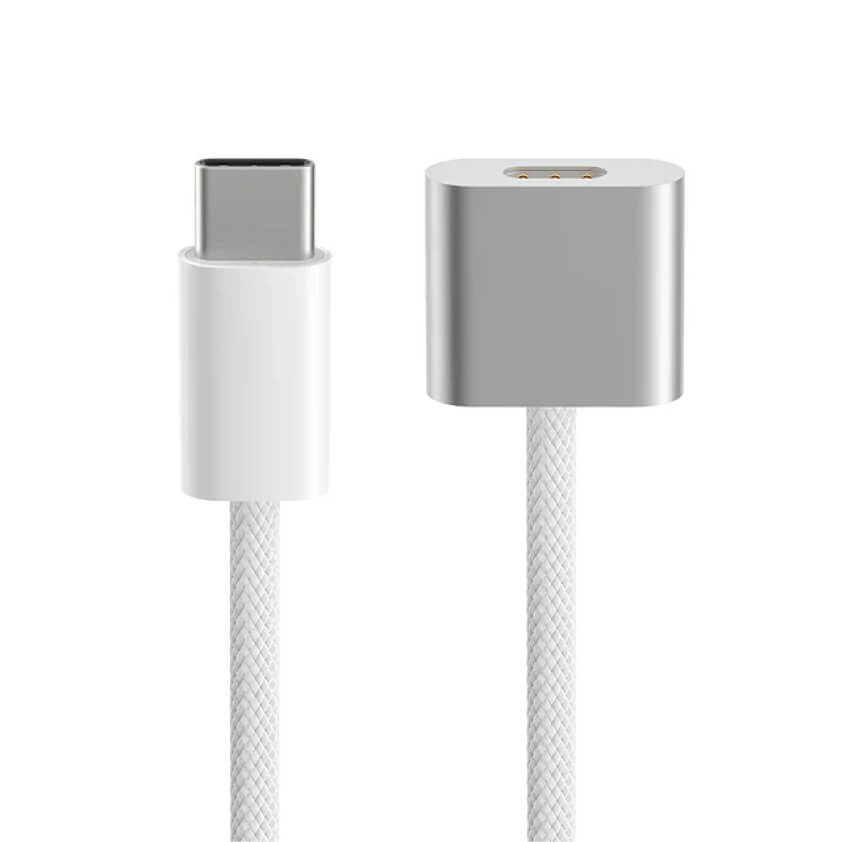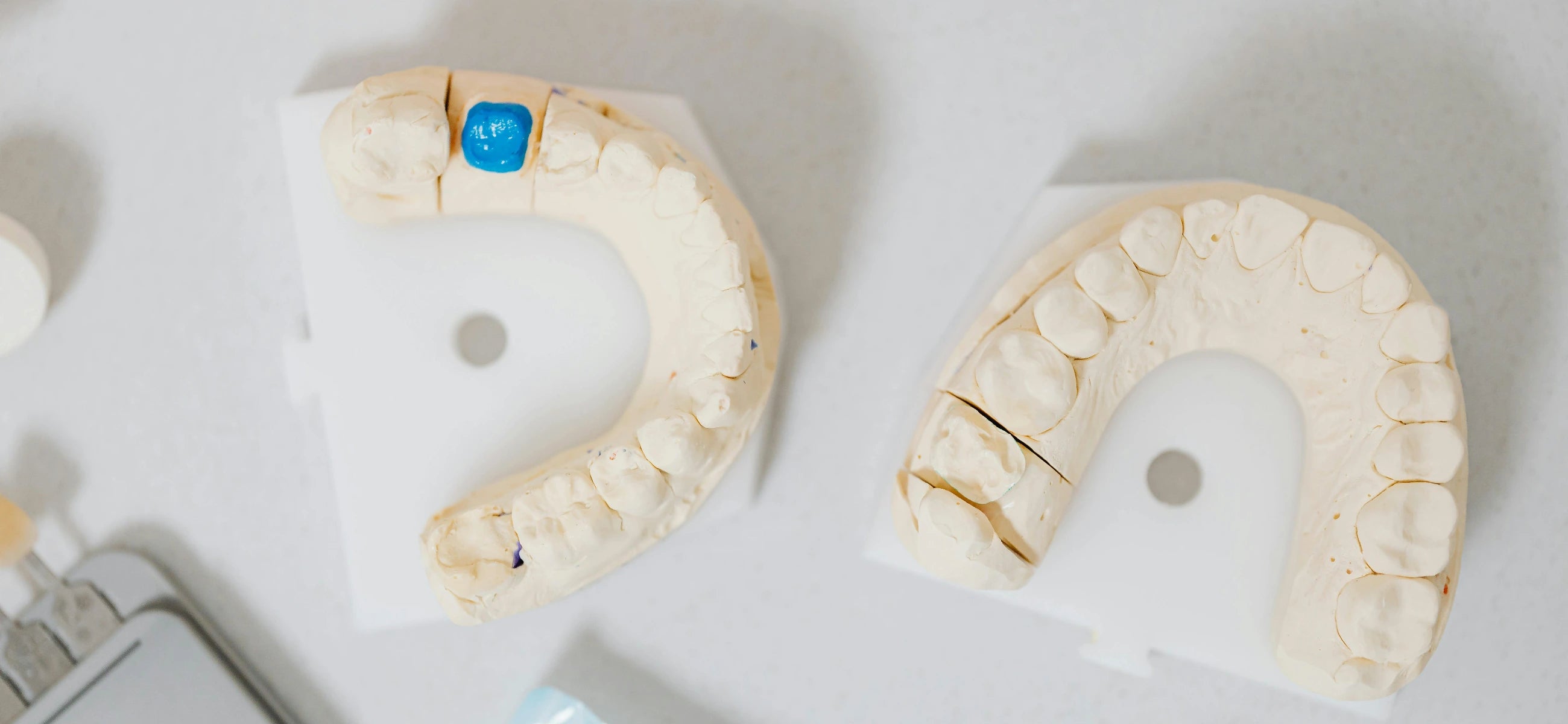
In this article
If you feel like something is stuck in the back of your throat and you have difficulty swallowing, you might have tonsil stones.
This non-serious condition affects lots of people around the world, but mainly teenagers, who are more susceptible than other age groups to the formation of tonsil stones.
In this article, we explain what tonsil stones are, how they form, and how you can remove them safely, either with the help of your doctor or with some simple at-home treatments.
What causes tonsil stones?
Tonsil stones form when debris gets trapped in folds, known as tonsillar crypts. They then harden by calcifying and lodging into place. This can be caused by a tonsil infection, known as tonsillitis, or if you suffer from dehydration.
Though people of any age can develop tonsil stones, teenagers are most commonly impacted. In most cases, tonsil stones are not dangerous, but they can cause pain and discomfort and need to be removed.
How do you know if you have tonsil stones? Tonsil stones symptoms
If you suspect that you may have tonsil stones, here are the most common symptoms:
☑️ Bad breath
☑️ Pain or discomfort in the back of the mouth or throat
☑️ Cough
☑️ Earache
☑️ Difficulty swallowing, or the sensation that something is stuck in the back of your throat
If you experience any of these symptoms, look in the mirror and open your mouth wide. If you notice inflammation at the back of your mouth and see small white stones, you can be confident that you have tonsil stones.
Source: https://my.clevelandclinic.org/health/diseases/21505-tonsil-stones
If you're concerned, please visit a doctor and get the condition diagnosed properly before seeking any treatment.
What are tonsil stones made of?
Tonsil stones are made of small lumps of calcified material. They can form as a result of food debris, bacteria, or fungi getting stuck in your tonsillar crypts.
They are not cancerous and can usually be removed at home or with the help of a dentist or doctor. Some stones are very small, but others can grow large if they're not removed quickly.
How long do tonsil stones last?
The length of time that tonsil stones spend in your mouth depends on numerous factors. Some stones appear and are dislodged in just a few days. You may not even know that you had them.
Other times, tonsil stones can stay in place for several weeks before you notice them, and you may need to remove them with a dental pick.
In rare cases, tonsil stones keep returning after being removed and surgery might be required to treat the underlying cause.
How to get rid of tonsil stones? Tonsil stones treatments
The safest way to remove tonsil stones is to visit your doctor's office. The doctor will conduct a physical examination to determine if you do in fact have tonsil stones. They may need to take an imaging scan if they can't clearly see the stones.
Then, if they can do so safely, the doctor will remove the stones there and then with a dental pick. In the rare cases that the tonsil stones are lodged in place and difficult to remove, minor surgery may be required.
Your doctor may also recommend some simple at-home strategies that you can try to remove tonsil stones yourself, as we look at below.
How to remove tonsil stones at home?
Wondering how to make tonsil stones fall out? There are a few ways to remove tonsil stones when they appear, including:
✅ Add some salt to a bowl of luke-warm water and gargle. This can soften the stones and cause them to fall out into your mouth.
✅ Use a pick to dislodge the stone. Make sure you don't use a sharp implement to do this, as you risk cutting the area and causing an infection.
✅ Use a cotton swab to dislodge the stones gently.
Though each of these strategies can work for some people, they don't always get the job done. If your tonsil stones are causing discomfort and you can't remove them, arrange an appointment with your doctor.
If you are experiencing pain, ask your doctor over the phone about over-the-counter pain relief that you can use to alleviate some of your symptoms.
Final words on tonsil stones
Tonsil stones can be uncomfortable and they may cause mouth or throat pain, particularly if they grow big without any treatment. While many people can remove tonsil stones at home, you may need to consult your doctor to help you.
If you fear that the stones are a sign of tonsillitis (a tonsil infection) you will need to visit your doctor and begin a course of antibiotics as prescribed.
Tonsil stones FAQs
Q1: Does everyone have tonsil stones?
No, not everyone has tonsil stones. If they form, it's a result of food or bacteria debris that has become lodged in the back of your throat. That being said, tonsil stones are common and can usually be removed without issue.
Q2: Are tonsil stones normal?
Tonsil stones are common, with up to one in ten people noticing tonsil stones once in their lifetime.
Q3: Can tonsil stones make you sick?
If tonsil stones prevent you from swallowing properly and grow particularly large, they can make you sick. They can also cause moderate pain and discomfort. If this is the case, please contact your doctor for the best course of treatment.
Q4: Are tonsil stones contagious?
Tonsil stones aren't contagious, but tonsil infections can be. It's best to avoid kissing your partner or your children if you have tonsil stones to be on the safe side.
Q5: Are tonsil stones bad?
Tonsil stones aren't serious, but they're not good either! In most instances, you can remove them as soon as you notice them, but failing that, a trip to the doctor's office should remove them with minimal fuss and discomfort.


































Can one get a tonsil removed, because of constant calcified tonsil stones?
Extremely painful this time and last time, doctors don’t explain, teach or tell their patients, is this because one looks like an old, unhealthy, uneducated expendable, colored, stupid female? Afraid of losing their jobs. Im sick of being sick
How come doctors dont tell explain teach their patients this, i have had this 2,3 times a year???